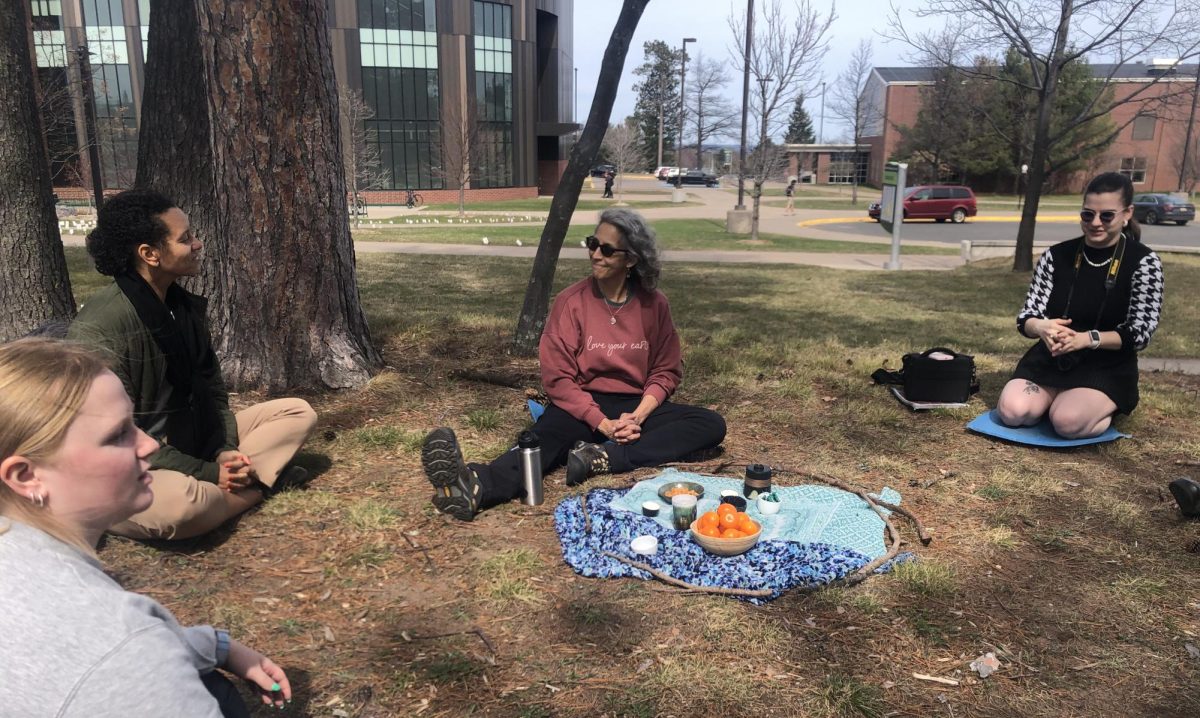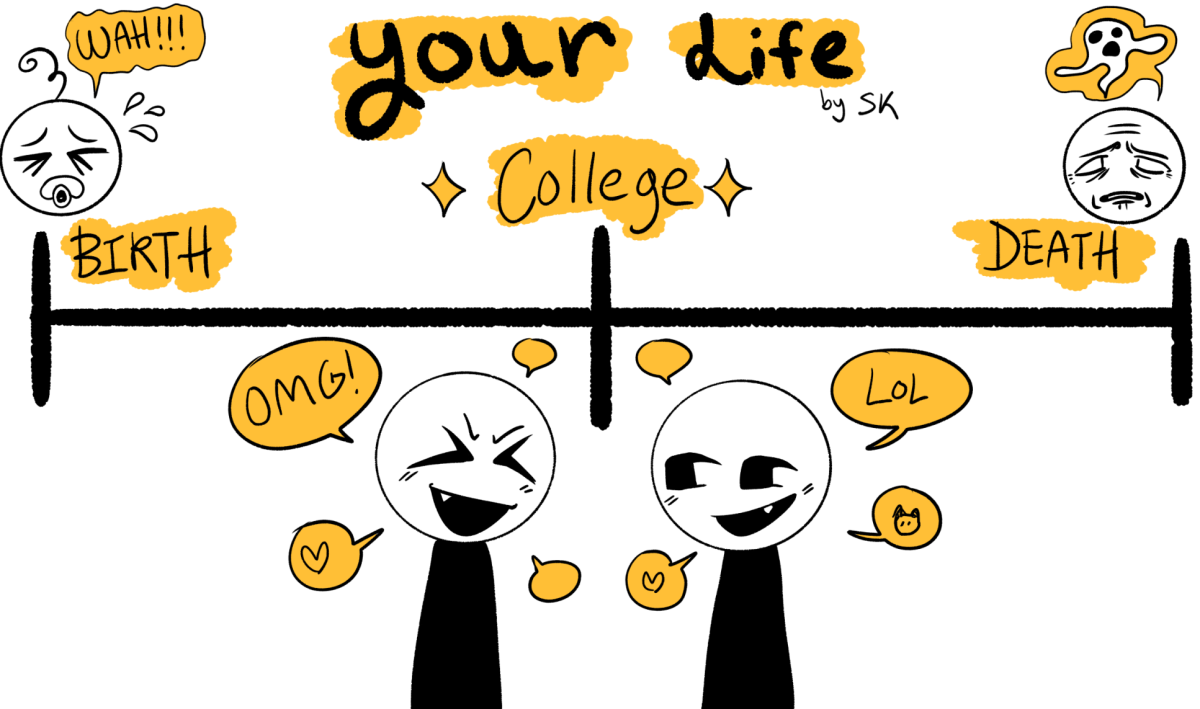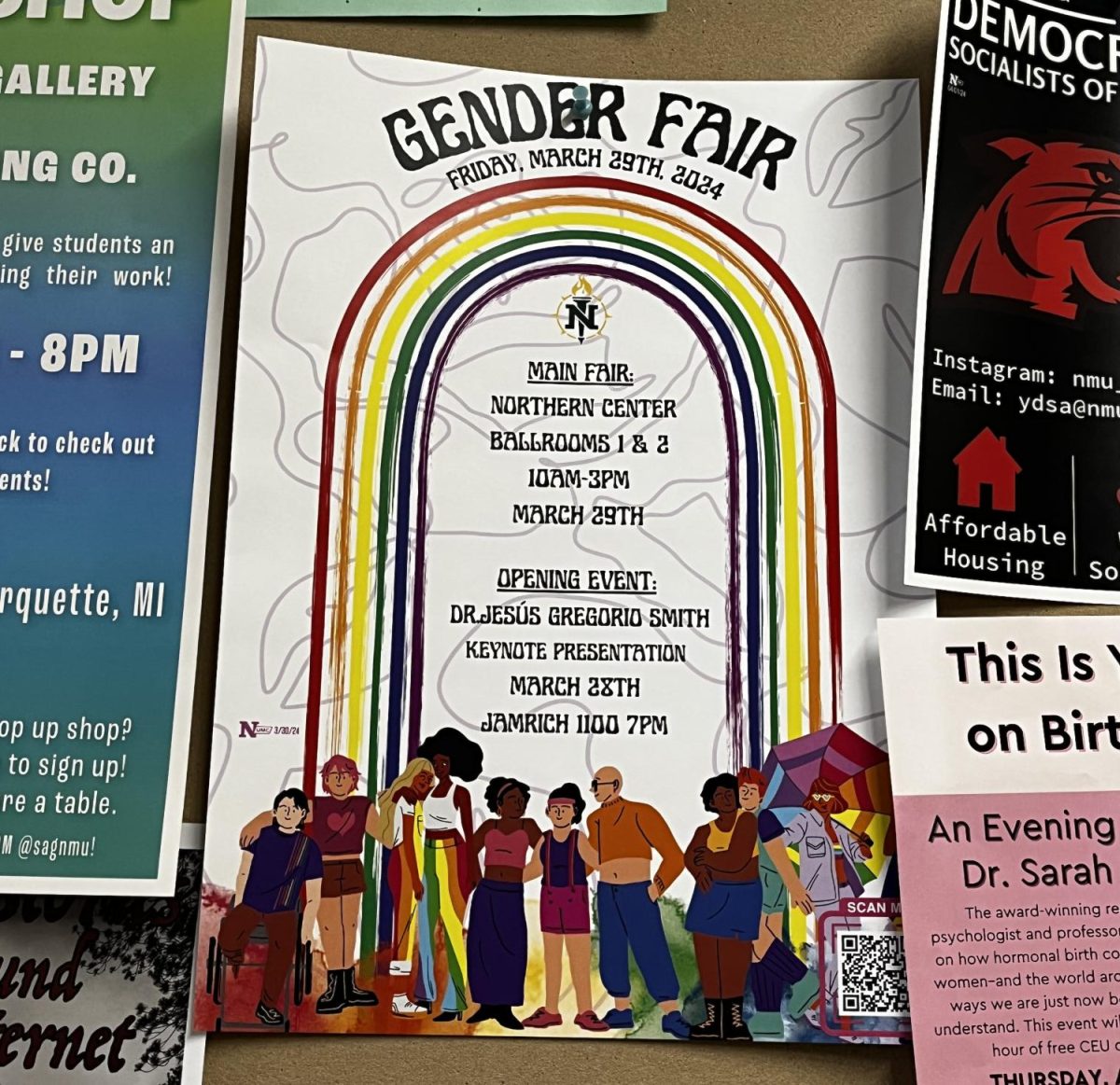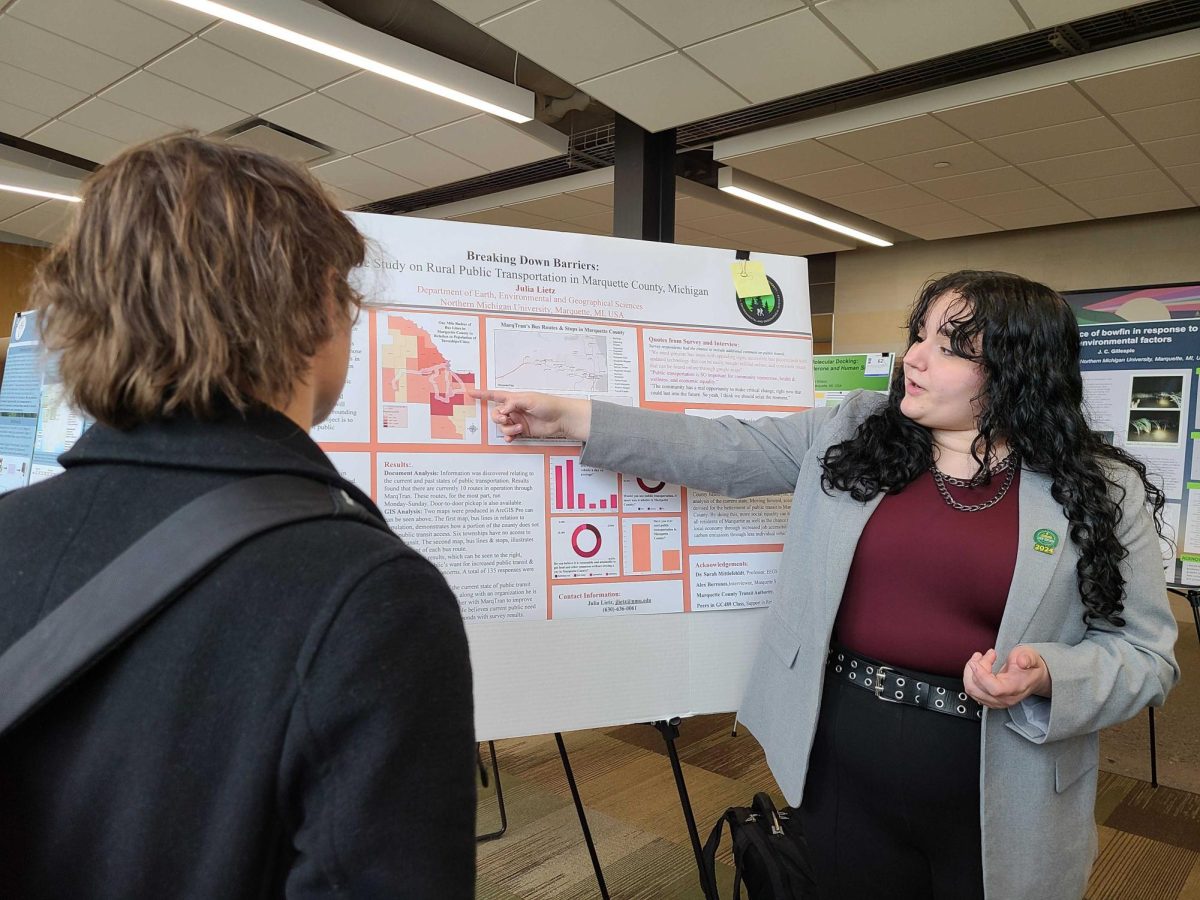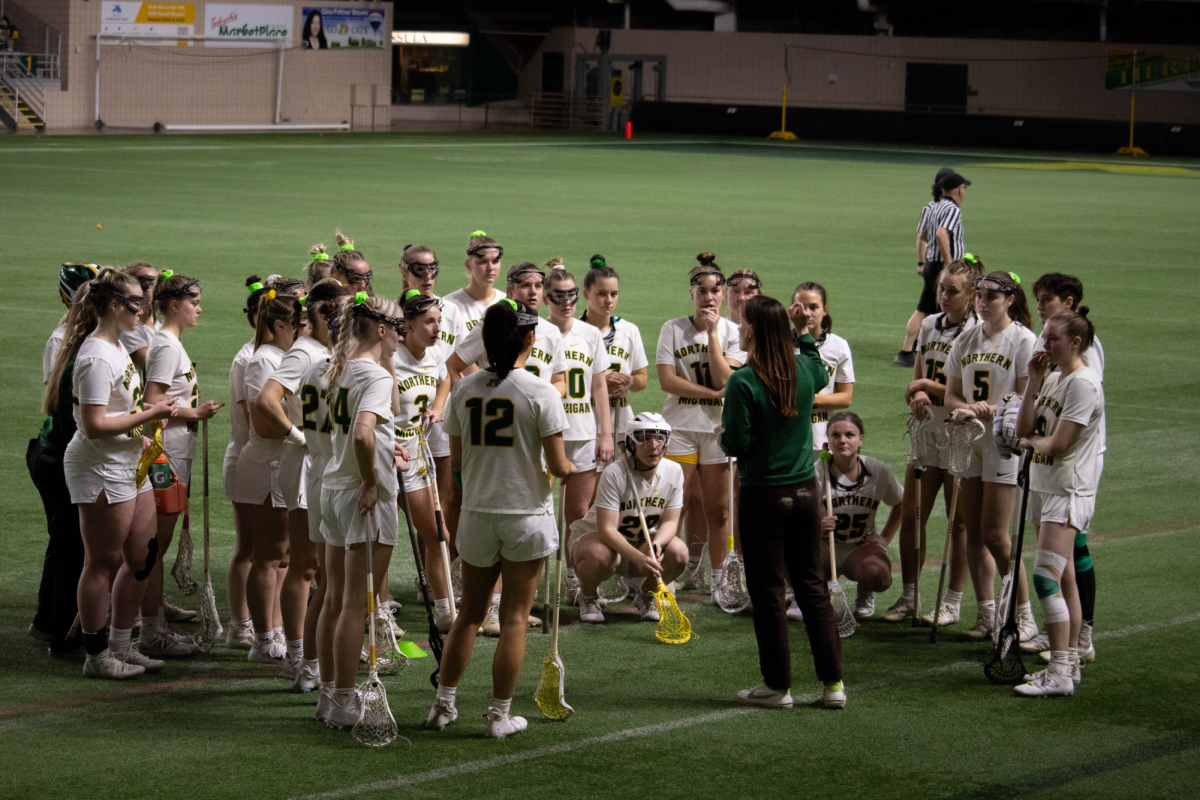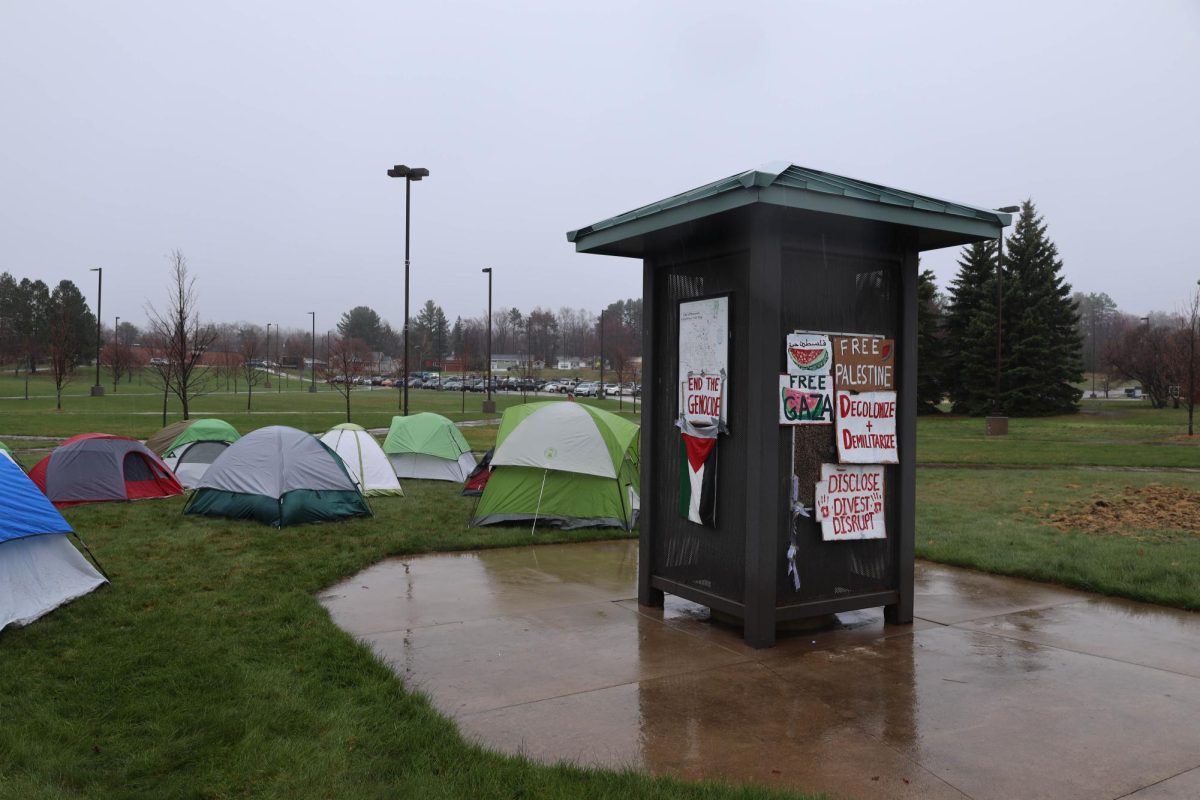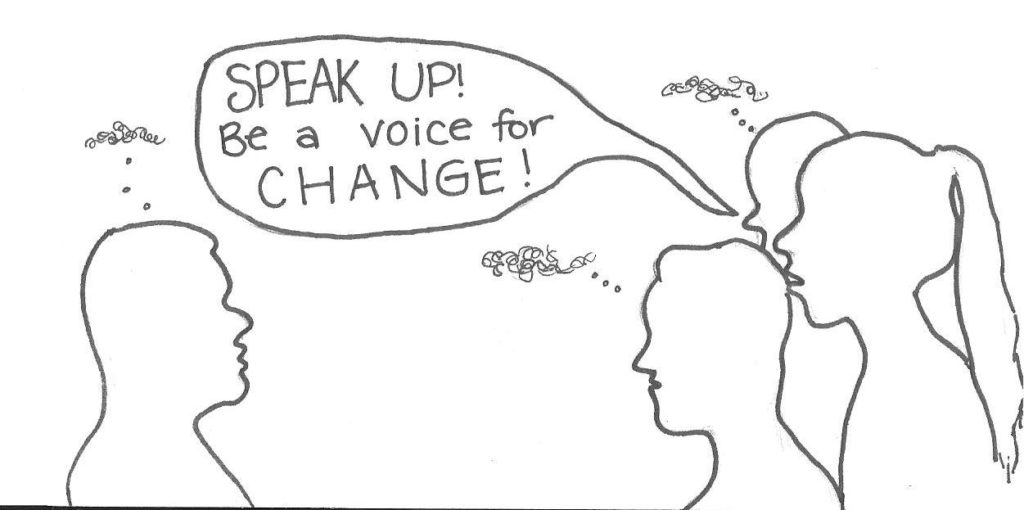The election of our latest president created and has kept the nation in the midst of a heated political climate. The NMU administration has provided a rather similar climate for its student body.
Just in the last semester we’ve seen the campus stand in solidarity against the administration’s decisions, or lack thereof, on issues such as the recognition of Indigenous Peoples’ Day, increasing student parking and most recently in the selection of Gov. Snyder as the speaker for May commencement.
If the student body so often has to make their voice more publicly heard subsequent to the decisions of the administration, is the administration truly making decisions reflective of the majority of the campus community?
Community is outlined as one of NMU’s Core values, but what we would like to know is if the student body a part of this “community?”
According to the Core values, the administration stimulates this sense of community by creating “a warm, friendly, caring and helpful university. We are collaborative, on campus and off, valuing partnerships and service to each other, the community and the region. Our focus is always on students.”
Yet, it seems the Board of Trustees (BOT) is making decisions by the students instead of for the students. Student reaction to recent campus decisions proves the transparency, that is apparently so imperative to the identity of our university, only includes the voice of those in agreement with the administration.
The lack of representation in the decision making of the administration is at the fault of both the the BOT and the students.
As students, we should not let our limited understanding of university functions perpetuate. The more student voices collected, the louder the collective. To be represented the student body must actively fight for their voice—organize peaceful rallies, begin and sign petitions, attend an ASNMU meeting, fill out campus surveys or simply conversate with a student representative.
As for the administration, we believe students are a part of the campus community, but sometimes it seems the community only consists of the BOT. Can this campus cultivate a democratic system? What does the administration propose we do to make our voices heard? Does the student voice stand a chance at winning against the BOT? Are you really fostering community if you’re not conversing with that community?
We suggest a clear statement outlining a process that students can follow to influence tangible change that will truly be considered by those at the top.


